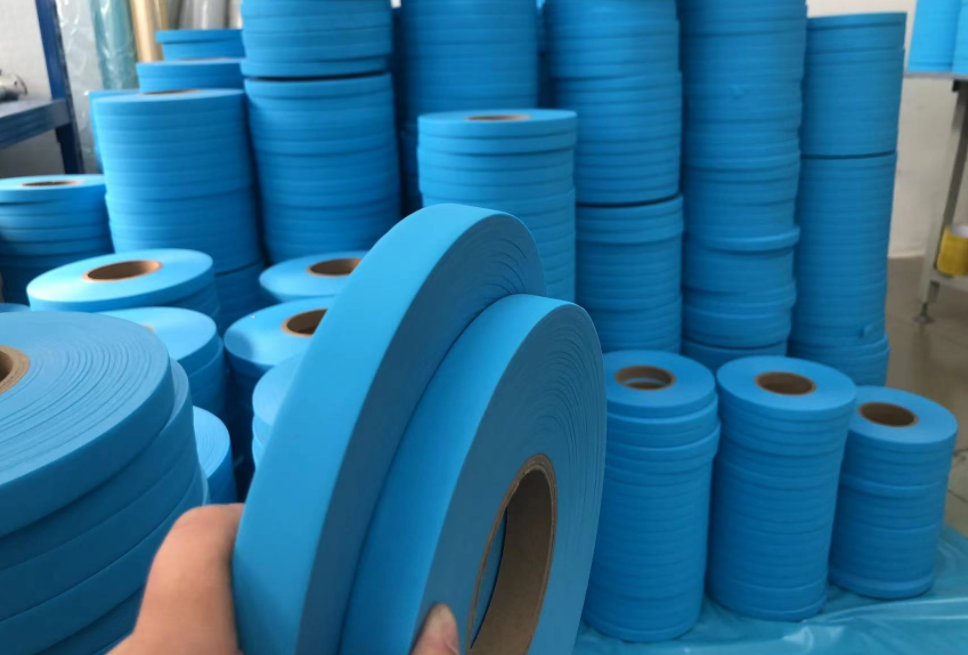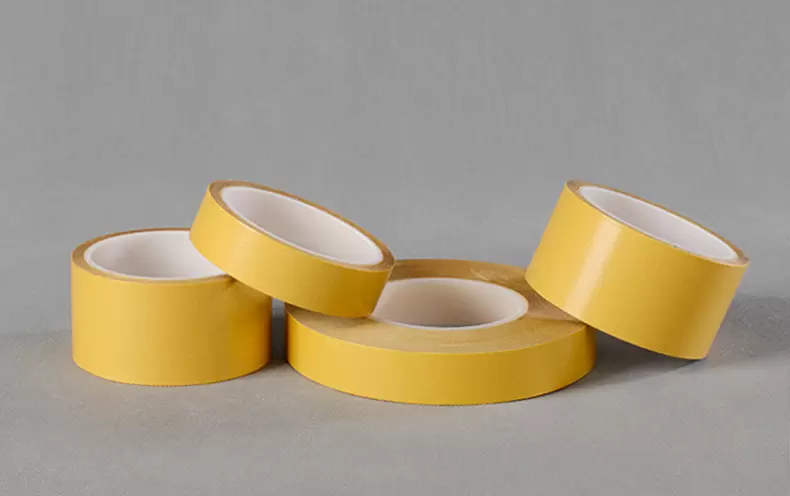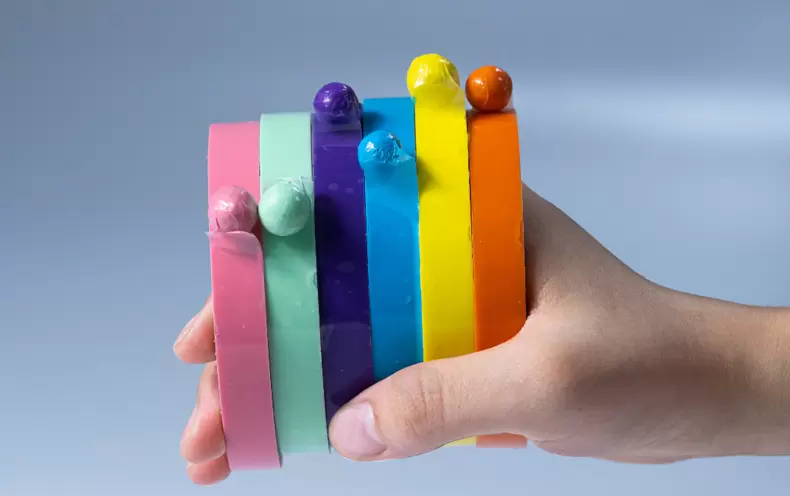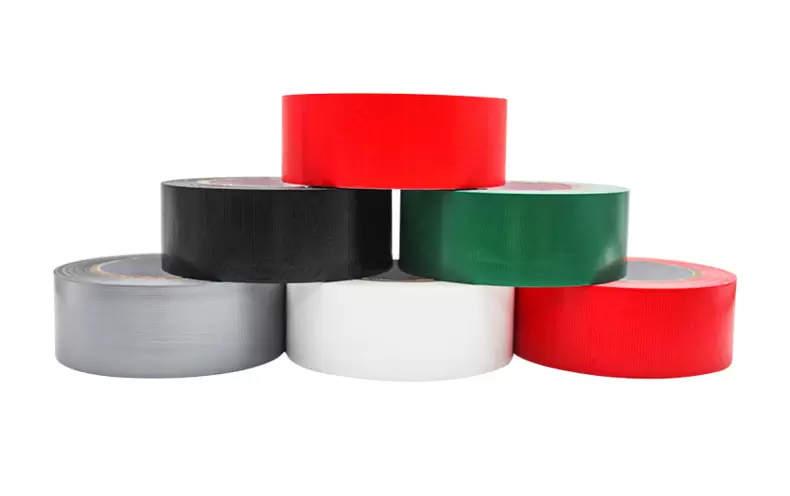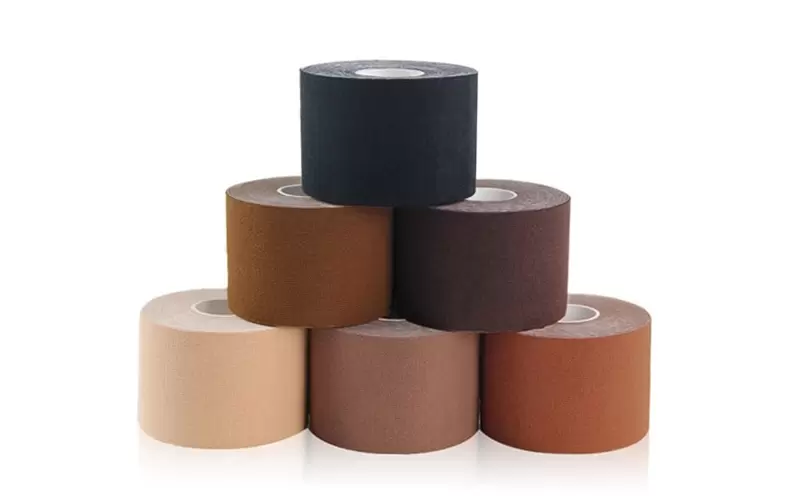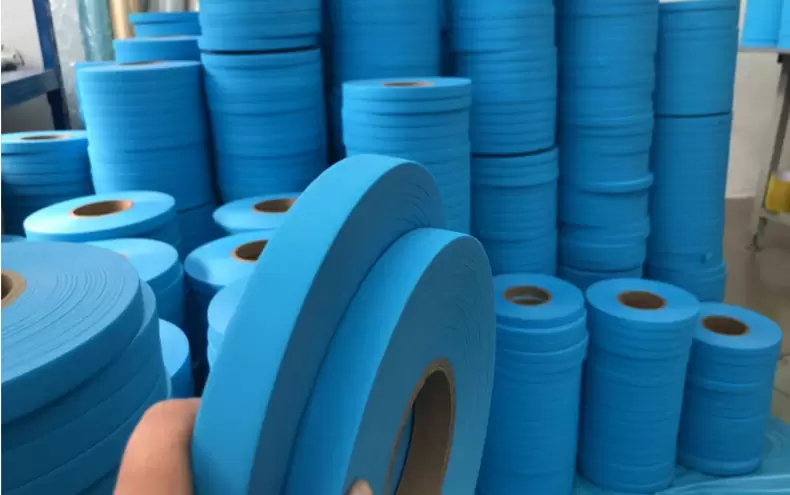Duct tape, a simple little thing we often see in our daily lives, seems to have become an indispensable daily gadget. Among them, cloth-based tape, as a special type of tape, has many unique uses and properties. Let's delve into this creative world of tape.
Explore the functions and applications of sports medical tapes
Sports medical tape, as an advanced treatment and rehabilitation tool, has made significant progress in the field of sports medicine in recent years. Its unique materials and designs have made it a popular choice among athletes, rehabilitation professionals, and the general public. This article will delve into the functions, applications, and benefits of sports medical tape, as well as its role in promoting recovery and preventing sports injuries.
1. The Origin and Evolution of Sports Medical Tape
Sports medical tape was first developed by a Japanese physician and was originally called Kinesio Tape. Over time, it evolved into various brands and types, such as Kinesiology Tape and RockTape. The evolution of these tapes is reflected not only in their colors and materials, but also in the ever-expanding range of their applications.
2. Materials and Design of Sports Medical Tapes
Elastic Material: Sports medical tapes are typically made of elastic materials, such as cotton or synthetic fibers, to ensure adaptability and comfort.
Adhesive: The adhesive of the tape is a key component, ensuring it adheres to the skin while allowing for easy removal without residue.
Breathability: To prevent moisture and discomfort, sports medical tapes are typically designed to be breathable, allowing the skin to breathe freely.
Various Colors: Sports medical tape is typically available in a variety of colors, not only for aesthetic reasons but also to fulfill different functions in different areas.
III. Functions and Applications of Sports Medical Tape
Muscle Stability: Sports medical tape can increase muscle stability by providing gentle support, helping to reduce the strain during exercise.
Joint Support: Properly applied tape around joints can provide additional support, reduce stress on the joints, and reduce the risk of injury.
Improved Blood Circulation: By conforming to the skin and providing a slight lift, sports tape helps promote local blood circulation and relieve muscle fatigue.
Pain Relief: The stretch properties of sports tape can reduce nerve ending sensitivity, thereby alleviating pain.
Posture Adjustment: The tape's special design allows for targeted application to various areas of the body, helping to adjust posture and improve motor skills.
IV. Precautions for Using Sports Tape
Clean Skin: Ensure skin is dry and clean before use to avoid oil or dirt that may affect adhesion.
Precise Fit: Ensure the edges of the tape fit snugly against the skin during application to avoid wrinkles.
Pay Attention to Stretch: Be careful to control the degree of stretching applied to the tape; excessive stretching may cause discomfort.
Regular Replacement: After prolonged wear, the tape should be replaced promptly to ensure its effectiveness.
V. Conclusion
Sports medical tape, as an important tool in modern rehabilitation, is widely used not only by professional athletes but is also gaining popularity among the general public. It plays a unique role in sports medicine by providing multiple functions, such as muscle support, promoting blood circulation, and alleviating pain. However, caution and professional advice are required to ensure maximum effectiveness. With the continuous advancement of technology, the design and function of sports medical tapes are likely to continue to innovate, providing more possibilities for rehabilitation and exercise.
